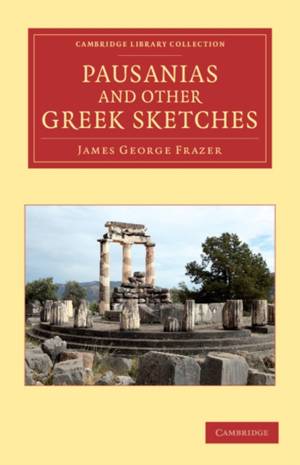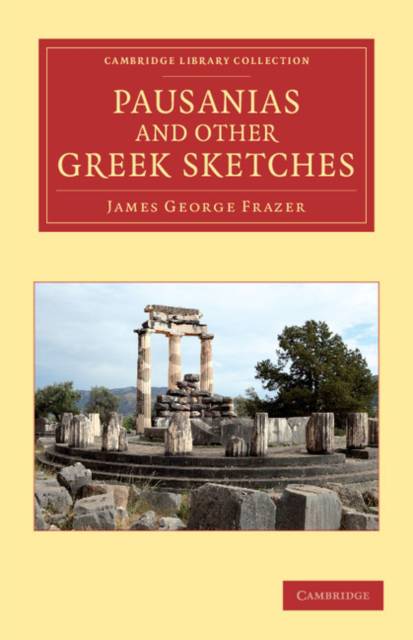
- Afhalen na 1 uur in een winkel met voorraad
- Gratis thuislevering in België vanaf € 30
- Ruim aanbod met 7 miljoen producten
- Afhalen na 1 uur in een winkel met voorraad
- Gratis thuislevering in België vanaf € 30
- Ruim aanbod met 7 miljoen producten
Zoeken
Omschrijving
Sir James Frazer (1854-1941) is best remembered for his monumental study of ancient religion, The Golden Bough (of which the first and third editions are both reissued in this series). He also produced a translation of and commentary on the Description of Greece of Pausanias, the second-century CE traveller and antiquarian, and the first piece in this 1900 compilation of Frazer's 'sketches' is the introductory essay to that work. Short descriptions then follow of the present-day appearance of over ninety places visited by Pausanias, and the work ends with an essay on Pericles and the effect of the period of his rule on the art and architecture of Athens. This fascinating work is imbued with Frazer's enthusiasm for, and knowledge of, the topography of ancient Greece, and will be of interest not only to scholars but also to visitors to the country.
Specificaties
Betrokkenen
- Auteur(s):
- Uitgeverij:
Inhoud
- Aantal bladzijden:
- 436
- Taal:
- Engels
- Reeks:
Eigenschappen
- Productcode (EAN):
- 9781108047517
- Verschijningsdatum:
- 28/06/2012
- Uitvoering:
- Paperback
- Formaat:
- Trade paperback (VS)
- Afmetingen:
- 140 mm x 216 mm
- Gewicht:
- 548 g

Alleen bij Standaard Boekhandel
+ 157 punten op je klantenkaart van Standaard Boekhandel
Beoordelingen
We publiceren alleen reviews die voldoen aan de voorwaarden voor reviews. Bekijk onze voorwaarden voor reviews.











